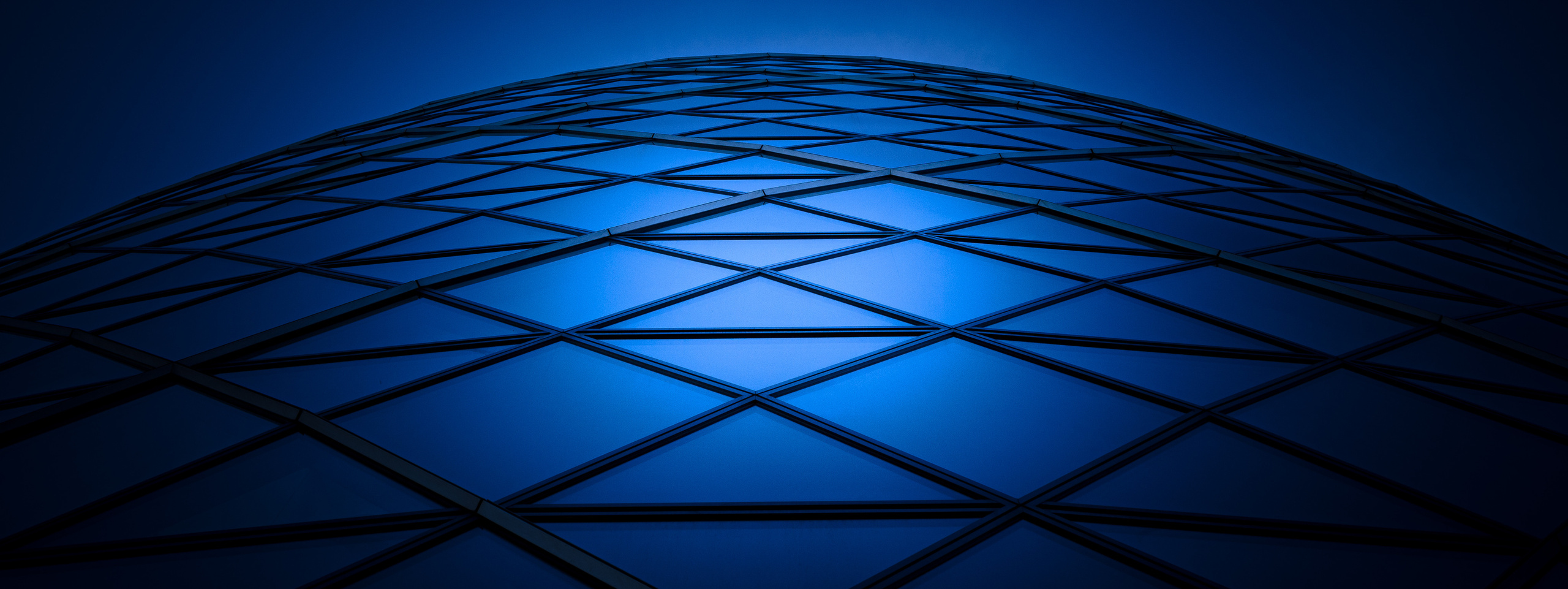
Architectural photography can seem deceptively simple. But a fine interplay of perspective, focus and lighting is needed to get the right imagery. Cameras and lenses play a big role, as does sharpness and texture, which are equally as important for this type of photography. Whether you are a beginner photographer or a newby to architectural photography, here are some important tips you could do well to remember.
Security
I don’t mean personal security or the security of your equipment which is of course important, but in this day and age, security has become a hot topic and particularly for larger buildings in cities. So, if you see security around the building, introduce yourself if you can or just give a wave and a thumbs up through the glass and be aware of your environment. There is nothing like an agitated security guard to ruin your day. In the past I didn’t worry about it much but lately I have been approached quite a few times as to what I might be doing. I’ve had to show security the images on my camera assuring them I’m not taking surveillance footage and gladly waved on but asked not to hang around too long as it encourages others. I do have somewhat of an issue with this as the building is in the public domain and designed and built to be admired and I am admiring it.
Getting Focus Right
Focus should be sharp and placed in the right area of the image. When it comes to architectural photography, there is the temptation to put the building in the middle of the frame but play around bit with different angles. Find your point of focus, zoom in, move around and get your preferred angle. It could be an architectural element that becomes the cornerstone of your image, or perhaps just a crack in the wall but take your time and focus right.
Leaving the Flash on Auto
Most cameras turn the flash on automatically in low-light settings to avoid hand-motion blur caused by long exposure times. Naturally this depends on the camera and I use a large format without a flash but the built-in flash of most compact digital cameras cannot handle a low-lit museum hall or a cathedral for example. In fact, it even has trouble in most low-lit rooms without focus on a specific subject. Bad reflections and awkward colouring for lit areas are two additional problems. In cases like these, simply turn off the flash, place your camera on a tripod or stable surface and aim for a long exposure allowing more light. This also helps in contributing to the mood of your shot.
Not Getting the Lens Right
You’re not going to get that huge monument into your photo with your telephoto lens standing right next to it and you won’t be able to capture the exquisite gothic elements up the tower with a wide angle lens either. No lens can fit all occasions and since you won’t always be able to zoom in or out with your legs, it pays to carry at least two different lenses that can cover both depth and width. I use a Canon EF 24-70mm F2.8 L USM lens that is a good all-rounder and supplement it with a standard prime 50mm lens on most of my travels. I come away with some great nightscapes with the 50mm — they are very sharp images. Do some research and learn more about the right lenses for digital photography and what you might need for your travels. There is nothing worse than having a fantastic opportunity and not having the right lens. But also, if you have the chance closer to home, experiment with your lenses and don’t be restricted by what you read. It’s amazing what boundaries you are prepared to push with your budget lens.
Reflective Surfaces Ruin Your Photo
Are you seeing your reflection in any element in the photo — in a window, a shiny piece of furniture or a mirror? Unless that reflection is something you consciously want in your photo, it can end up distracting the eye big time. Whether you’re shooting indoors or outdoors, look out for unwanted reflection or shadows. As an amateur photographer, I have whipped around for a quick shot on the street and caught my reflection in a shop window. It doesn’t always work out but then depends on what you’re going for — I binned it.
Allowing Odd Colours Into Your Shots
Avoiding odd colours in your photos can go a long way to less frustration. While you may be able to correct some of it in PhotoShop or Lightroom, it can be time-consuming. Odd colouring is caused by uneven lighting i.e. two bulbs in the same room can have different hues or intensities and shifts in colour when you move from one room to another. Fluorescent lighting can appear green and the simplest way to fix this is to adjust your camera’s white balance. There is no setting that works in all contexts so play with it and take a few test shots until you tone down the odd lighting. Most of all, have fun and try new things. Don’t be afraid to experiment. Cloudy days work just as well as clear days and rain brings great reflective surfaces but be sure your kit is protected.
Here’s a quick 2 minute handy run through by Peter McKinnon
How to photograph INCREDIBLE ARCHITECTURE!

